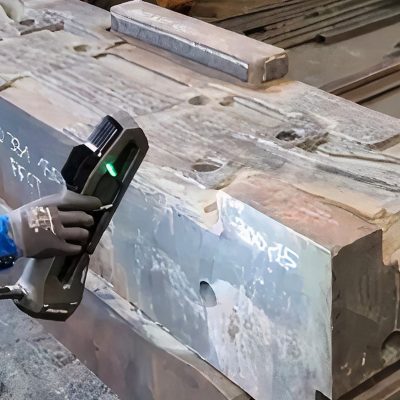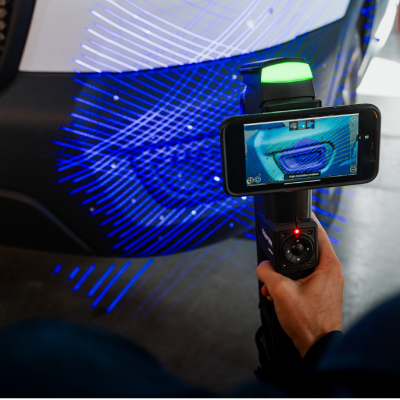April 15, 2024
Use of 3D scanner increases efficiency and reduces labor and material costs See the articleMetrology originates from antiquity. The first forms of measurements were established to facilitate commerce and record human activity. Time, weight and length were the first standards formulated.
Over the course of history, dimensional metrology went through several evolutions.
Here are the most important:
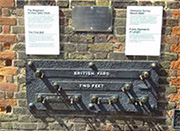 |
Before 1789KING’S FOOT Scientists estimate that thousand of different measurement units are used across Europe. Among them figure the pied du roi (the king’s foot), which has a degree of pre-eminence. Nevertheless, many traders have their own measuring tools, giving scope for frauds, extortions, and misrepresentations. It is not until the establishment of the metric system that we started to see harmonization in measurements. |
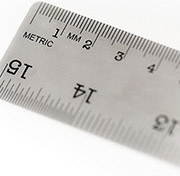 |
1795METRIC SYSTEM The French Revolutionary government introduces the metric system, now known as the International System of Units. One meter was preliminary defined as one ten millionth of the distance between the North Pole and the Equator crossing through Paris. Of course, the meter definition has evolved over the centuries, but is still considered today as the length reference to which every measuring tool refers. |
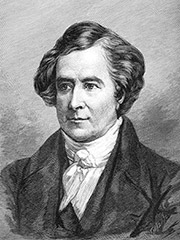 |
1840PHOTOGRAMMETRY The first use of photogrammetry appears shortly after the emergence of photography. The credit goes to French geodesist, François Arago. He presents to the Academy of Science, a method using triangulation. This technology enables him to determine the position of objects in space based on photographs taken from different viewing angles, without knowing the position of the shots beforehand. |
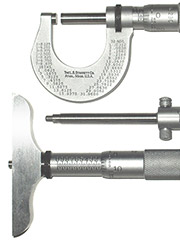 |
1848SYSTEM PALMER French inventor J. Palmer receives a patent for the ‘System Palmer’, the first micrometer still recognizable today with its U-shaped frame. Modern micrometers closely follow the System Palmer’s basic design of a U-shaped frame, thimble, sleeve, spindle, anvil, etc. Besides, all micrometers and other hand tools must still be traceable to the International Standard. |
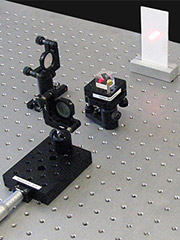 |
1887MICHELSON INTERFEROMETER American Physicist Albert A. Michelson thought detection of motion through ether might be measurable. To do so, he invents a new instrument called the interferometer. The results he obtains during his experiments prove there is no earth motion relative to ether. This proof changes the foundation of physics and leads to Albert Einstein’s theory of relativity in 1905. |
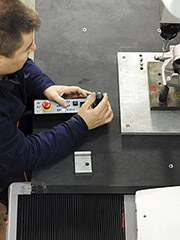 |
1960CMM The Coordinate Measuring Machine first appears in the early 60s and is made of 3D tracing devices with a simple digital readout (DRO) displaying the XYZ position. The initial CMM was developed by the Ferranti Company in Scotland during the 50s. This unit, however, had only two axis. The very first three-axis prototypes arrive during the 1960s and are invented by the Italian company DEA (now part of the Hexagon Metrology Group). Soon afterwards, automated CMMs appear in the 60s to perform complex inspections of Concorde supersonic jet engines. This invention leads to the creation of the Renishaw Company in 1973, now the main supplier of CMM measuring heads. |
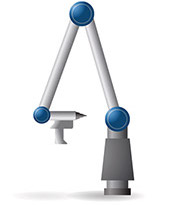 |
1980PORTABLE CMM Portable CMMs with measuring arms arrive in the 80s, revolutionizing the measurement process: it is now possible to bring metrology tools to the production floor. This innovation eliminates the need to move manufactured parts to a dedicated, controlled environment. However, because measuring arms use a classic technology based solely on precision mechanical parts, these portable CMMs remain very sensitive to vibrations and instabilities induced by the environment. Therefore, considerable precautions are required when operating them. |
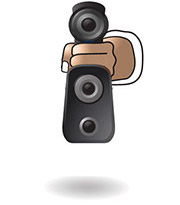 |
19853D SCANNER Although the first 3D scanners were developed in the 60s, it is not until 1985 that the laser technology is applied to 3D scanning. Prior, the 3D scanning models used lights, cameras and projectors to perform a scan. However, a lot of time and effort was required to scan objects accurately. Scanners built after 1985 use white light, lasers and shadowing to capture a given surface. |
1987LASER TRACKER The first laser tracker prototype is developed by Dr. Kam Lau in 1986. One year later, Dr. Lau founds his company called Automated Precision Inc. that will refine tracking technology, which leads to building models with greater precision and portability. Laser trackers are still the leading solution for measuring parts of large dimensions (e.g. aircraft wings, auto frames, or large tooling). Nevertheless, for high volume measurement, they compete against another technology: photogrammetry. |
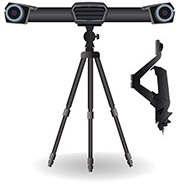 |
2000OPTICAL PORTABLE CMM Optical portable CMMs arrive in the metrology landscape at the beginning of the millennium. They bring together the flexibility and effectiveness of CMMs, the portability and simplicity of portable CMM, with an extra—optical portable CMMs are insensitive to vibrations, making them perfectly adapted to shop-floor measurements. The technology has seen many improvements and developments during the past years, to the point where they now compete with CMMs. They are now integrated into the inspection process and even manage to challenge the metrology market. Thus, are optical portable CMMs the future of metrology? |




